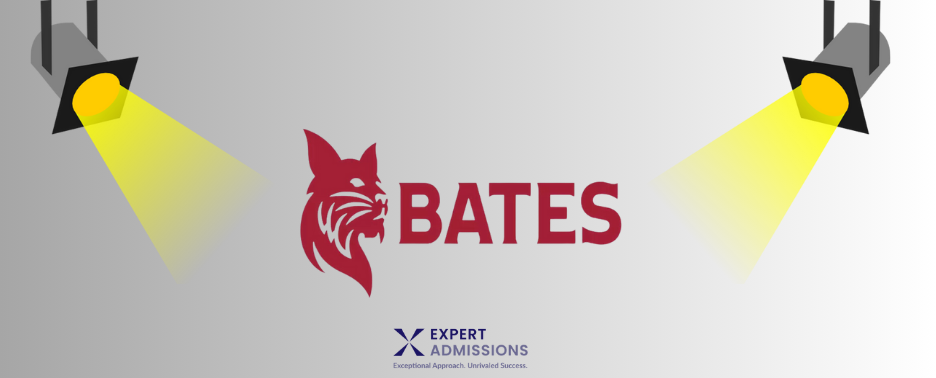
About Bates College
Location: Lewiston, ME
Undergraduate Population: 1,790
Most Popular Majors: Psychology, Politics, Economics, History, Environmental studies
Motto: Amore Ac Studio (“With Ardor and Devotion”)
Demographics:
White 62.3%
Latinx 9%
Multiracial 7.5%
Asian/Asian American 6.4%
Black/African American 5%
Native American less than 1%
History:
Bates College was founded as the first coeducational college in New England on March 16, 1855 by Oren Burbank Cheney and Benjamin Bates. Initially established as the Maine State Seminary, it was renamed after Bates, who donated money to the college to bring it out of a financial crisis. The school’s first Black student graduated in 1874, while Bates’ Mary Mitchell Birchall became the first woman to graduate from any New England college in 1869. During the Civil War, Bates played an important role in advocating for the rights of African Americans and women. The college also sent 175 students to fight for the Union Army in the war.
The Bates Outing Club was founded in 1920. It’s one of the oldest collegiate outing clubs in the country, the first at a private college to include both men and women from the beginning, and one of the few outing clubs that remains entirely student-run. Bates’s Brooks Quimby Debate Council became the first college debate team in the United States to compete internationally. In the 1960s, Bates College dropped its religious affiliations. . Bates became one of the first liberal arts colleges to make the SAT and ACT optional in the admission process in 1984. The 80s saw a significant expansion in the college’s infrastructure, with the addition of22 new academic, residential and athletic facilities, including Pettengill Hall, the Residential Village, and the Bates College Coastal Center.
Today Bates offers 36 majors, with 23 through academic departments and 11 through interdisciplinary programs. Bates also offers an individual interdisciplinary major and a major in Engineering as part of the college’s dual degree program partnerships with Case Western, Columbia, Dartmouth, Rensselaer Polytechnic Institute, and Washington University.
Notable Bates College alumni include American politician and lawyer Robert F. Kennedy Sr., author Elizabeth Strout, blues and reggae musician Corey Harris, former district attorney James A. Murphy III, and NBC Sports journalist Bryant Gumbel.
Traditions:
- Since 1920 the Bates Outing Club has held a Winter Carnival which comprises a themed four-day event that includes campuswide performances, dances, and games.
- Members of graduating classes participate in an Ivy Day, installing a granite Ivy Stone onto one of the academic or residential buildings on campus.
- Puddle Jump takes place to celebrate the end of winter. Students cut a hole with a chainsaw or an ax in the ice on Lake Andrews. Undergraduates then take turns jumping into the hole, often in costumes.
Noteworthy Features:
- Bates follows a 4-4-1 calendar, with two semesters and a four-week spring Short Term. Students often use this Short Term to focus on a single subject of interest, frequently off campus.
- The Mount David Summit is Bates’ annual campus-wide celebration of student academic achievement. The Summit highlights undergraduate research alongside students’ creative work in art, dance, theater, music and film/video. It also involves projects conducted for academic courses as well as research in the Lewiston community.
- Students partake in community-engaged learning through the Harward Center for Community Partnerships. Undergraduates have access to hundreds of hands-on experiences that deepen their connection to the surrounding towns of Lewiston and Auburn. These experiences often inspire students to dig deeper through independent research or a senior thesis.
Admissions Profile
Average GPA: Not reported
Test Scores (mid-50% range): 1340-1500 SAT/31-33 ACT
Admit Rate: 13.7%
Test-optional? Yes
Offers Early Admissions? Yes—Early Decision I and II
Leave a Reply